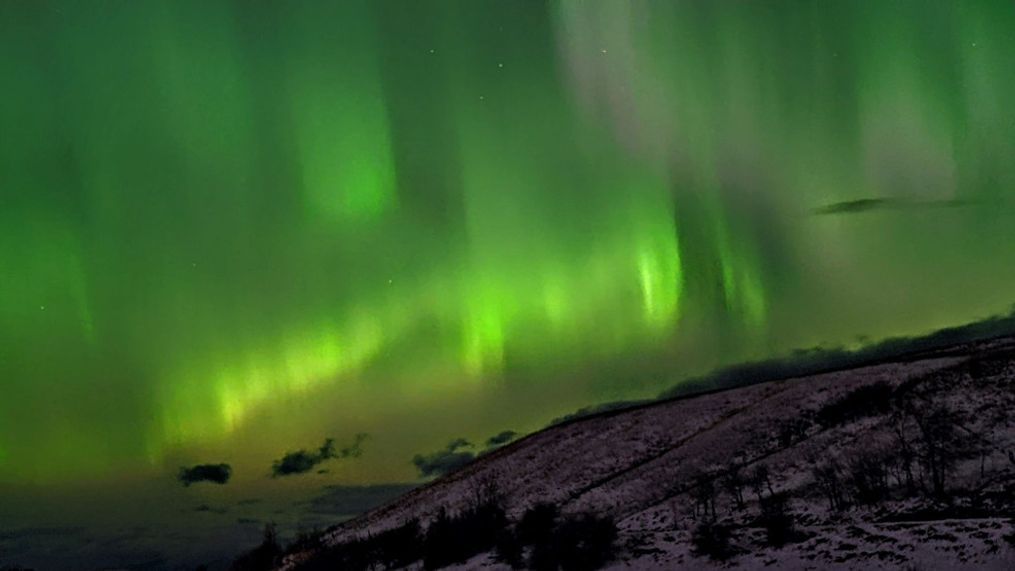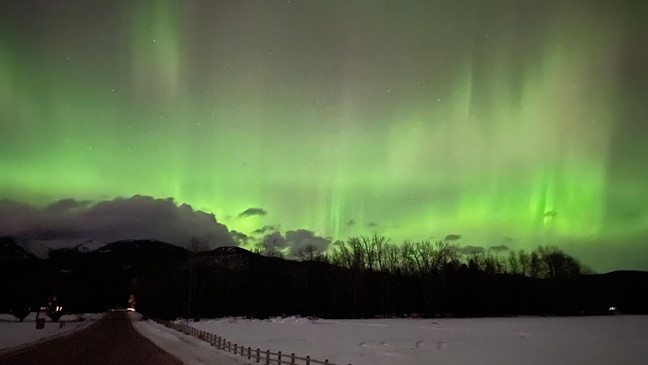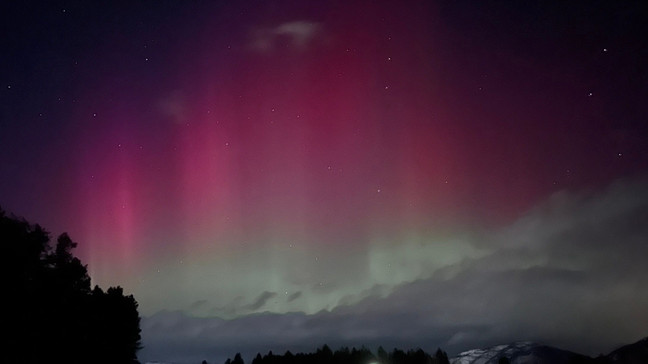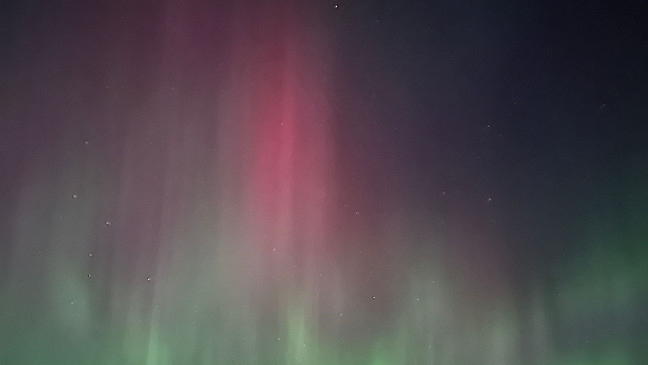Slideshow: Northern lights fill Montana sky
MISSOULA, Mont. (KECI) — The aurora borealis is one of those spectacular sights that can fill the Big Sky of western Montana.
Recently, a splendid display of the northern lights filled the night sky over northwest Montana.
KECI received dozens of viewer photos of the spectacle through Chime In.
How does this sight form in the atmosphere?
Meteorologist Mitchel Coombs explained the process using 3D technology.
In recent months, there has been more talk about the potential of auroras. There is a direct link to the increased activity of the sun.
Storms on the sun cause events, such as coronal mass ejections. Solar wind from coronal holes sends charged particles hurtling through space. If Earth is in the path of this charged particle stream of protons and neutrons, the planet’s magnetic field and atmosphere will react from the impact.
Particle collisions excite atmospheric molecules, which produce the wispy, elusive lights that fill the night sky with color similar to how neon signs give off light.
The aurora’s colors are dependent on the height and type of atmospheric molecules the solar particles collide with. Nitrogen collisions produce pink auroras below 100 kilometers and blues between 100 and 200 kilometers. When oxygen is involved, green auroras show between 100 and 200 kilometers above the surface with red auroras above 200 kilometers.
As billions of flashes occur in sequence, the aurora appears to dance in the sky.
The lights are commonly found around the poles where the Earth’s magnetic field is its weakest; however, strong solar storms can bring the lights southward. When geomagnetic activity levels are of KP 5 and higher, that is when western Montana will see its best chance of seeing the aurora borealis.




